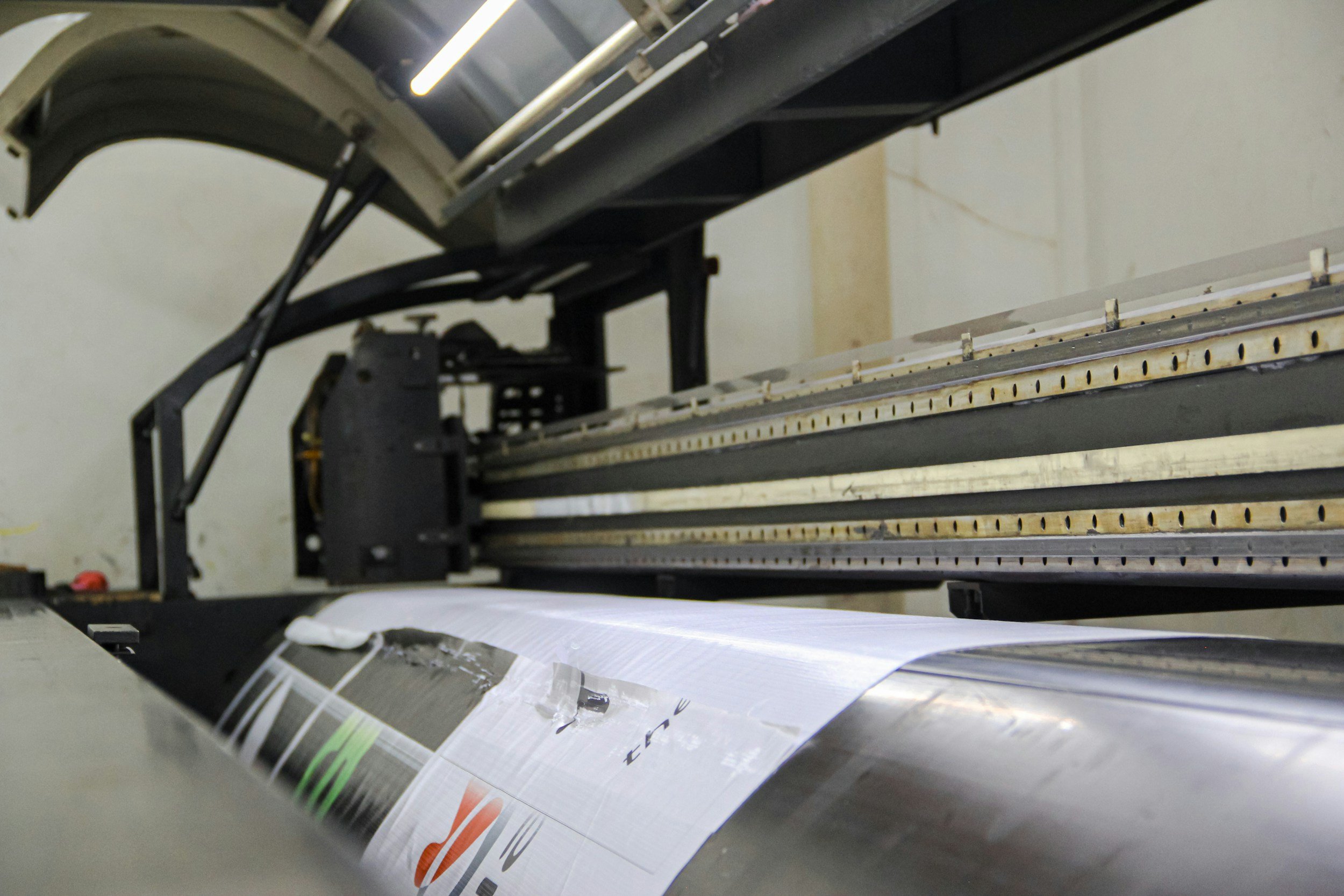Visual hierarchy is something I always emphasize when working on a website design. It’s the structure that guides the viewer’s eye and helps them navigate the content on the website with ease. Without a clear hierarchy, even the most beautifully designed site can feel confusing and overwhelming.
When I start a new project, one of the first things I consider is how to organize the information in a way that feels natural and intuitive. This isn’t just about placing the most important elements at the top of the page (though that’s part of it) it’s about creating a flow that makes sense. For example, using larger fonts for headings, employing color and image contrast to highlight key sections, and strategically placing calls-to-action where they’re most likely to be noticed.
I’ve found that a well-thought-out visual hierarchy not only improves the user experience but also enhances the overall effectiveness of the website. The point is to lead the visitor through your content in a way that feels effortless. When the hierarchy is clear, users don’t have to work hard to find what they’re looking for. This can make a huge difference in whether they stay on your site or “escape it” to move onto the next one.
Another aspect of visual hierarchy that’s often overlooked is its impact on brand perception. A website with a strong, clear hierarchy feels more professional and trustworthy. It shows that you’ve taken the time to consider how your content is presented and that you care about the user’s experience. This attention to detail can help set you apart from competitors and create a more meaningful impression.
From a design perspective, visual hierarchy is very closely tied to aesthetics. Using balance and proportion helps make sure that each element on the page supports the overall design rather than competing for attention. Whether it’s through the use of white space, typography, or color, a strong hierarchy ensures that your website feels cohesive and well-organized.
Communication, communication, communication. It’s how you convey your message and guide your visitors toward the actions you want them to take. By paying attention to the hierarchy in website design, I’m creating a visually appealing site with an experience that’s easy to navigate.




















